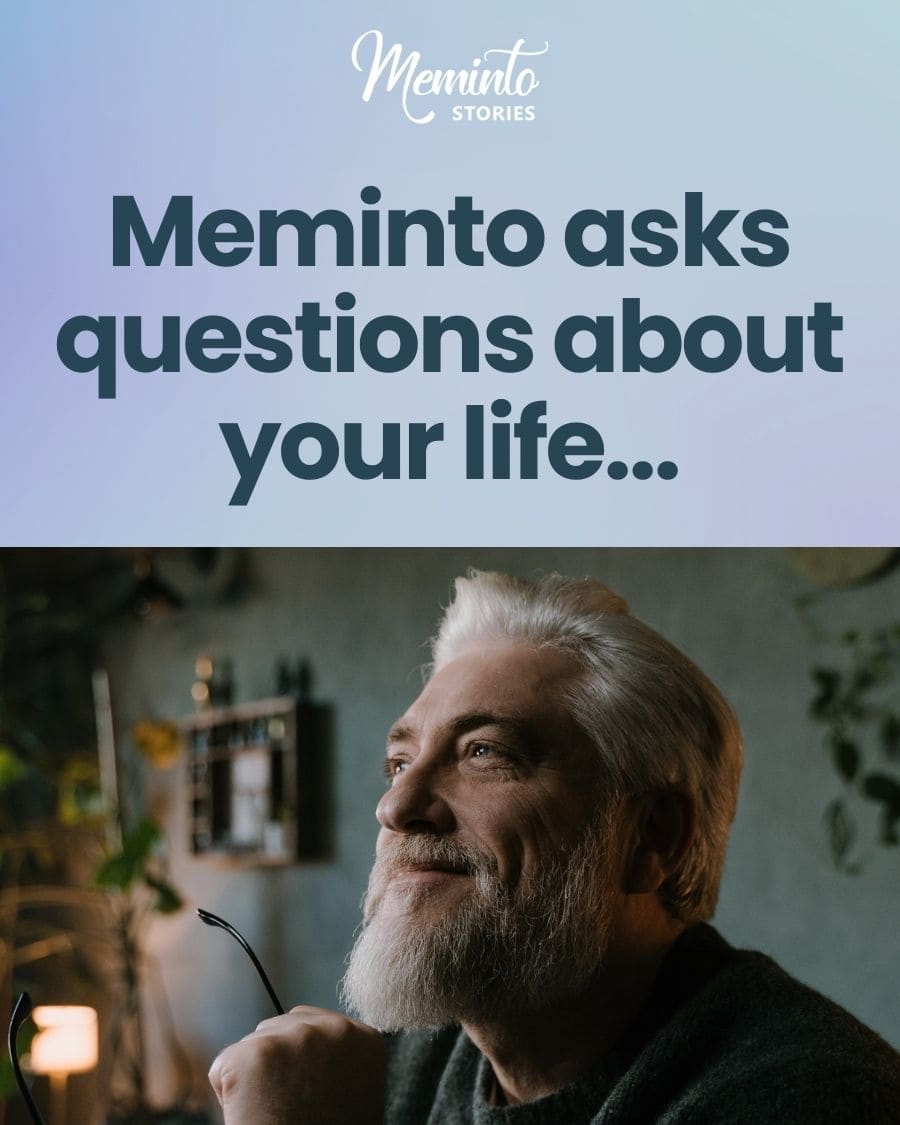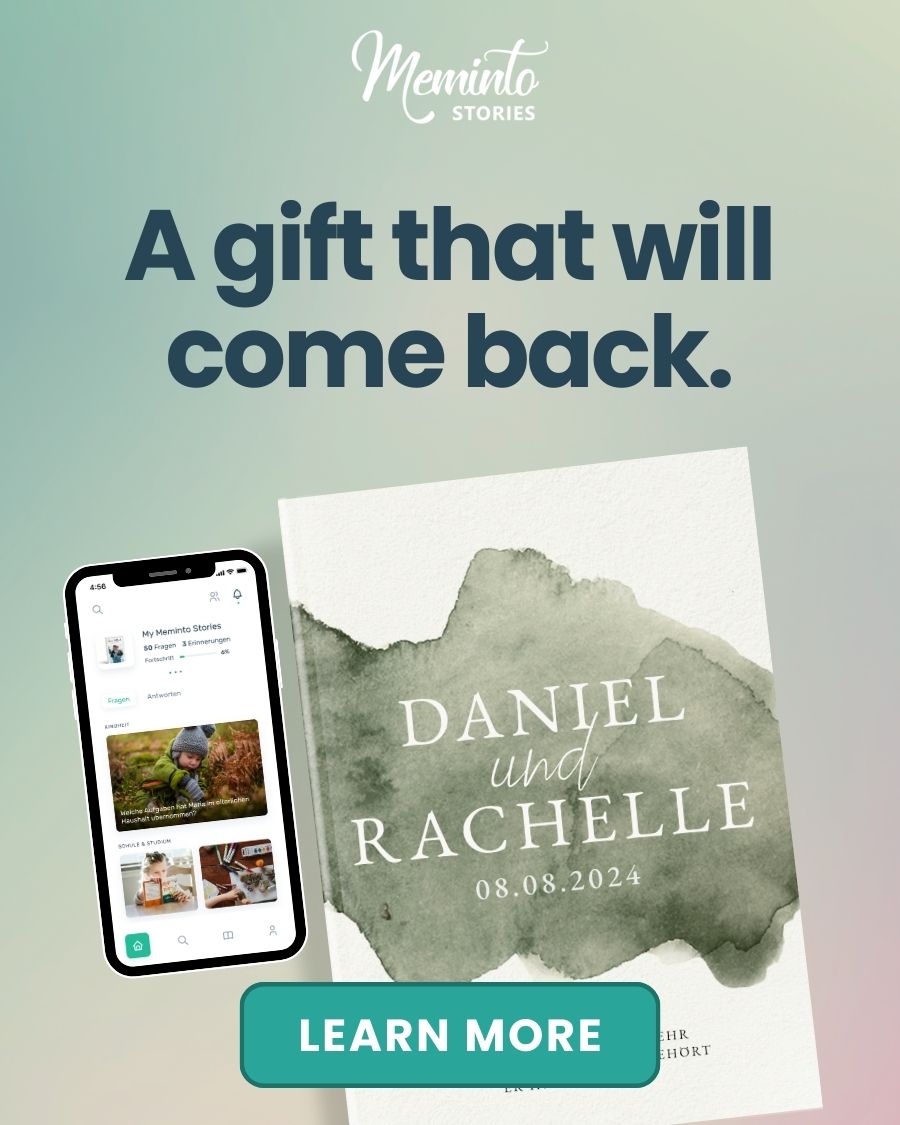Want to connect deeply with your audience without revealing too much? Writing vulnerable stories is all about striking the right balance between openness and maintaining your privacy. Here’s how you can do it:
- Intentional Sharing: Share personal experiences that add value to your story while avoiding unnecessary details.
- Set Emotional Boundaries: Decide in advance what you’re comfortable sharing and stick to it.
- Purpose-Driven Narrative: Focus on moments that support your message and resonate with readers.
Practical Tips:
- Use writing prompts to reflect on emotions and lessons learned.
- Highlight personal growth without diving into overly private details.
- Protect sensitive information by reviewing drafts and getting feedback from trusted individuals.
Mastering Vulnerability in Storytelling: Tips from Darryll Stinson
What Makes Stories Vulnerable
Sharing stories intentionally means identifying moments that resonate with others. Personal narratives are most impactful when they create emotional connections with readers.
The Power of Personal Stories
Stories that reflect real, personal experiences tend to connect deeply with readers. However, it’s important to balance openness with protecting your own privacy.
Establishing Boundaries for Sharing
To maintain control over your story, decide in advance what you’re comfortable sharing and what you prefer to keep private. Use prompts to identify shareable moments, and consider having a trusted person review sensitive details to ensure you’re comfortable with what’s being shared.
Creating Personal Boundaries
Set boundaries early by carefully choosing what details to share. Focus on elements that support your message while keeping your privacy intact.
Selecting Story Elements
Once you’ve established your emotional boundaries, decide which moments are worth sharing. Ask yourself these key questions:
- Purpose: Does this detail strengthen your main message?
- Impact: Could including it affect others involved?
- Comfort: Would you feel uneasy if this became public?
- Time: Has enough time passed for you to reflect on it clearly?
- Context: Does it help readers understand your main point?
After choosing what to include, take steps to protect your privacy.
Protecting Private Information
When sharing personal stories, ensure sensitive information remains private. Use your platform’s privacy settings and tools like ‘Meminto Stories Writing Tools’ to guide your narrative without exposing confidential details.
sbb-itb-e3574dd
Writing Methods for Personal Stories
Once you’ve set boundaries, use these techniques to make your story more engaging while maintaining your privacy.
Using Writing Prompts
After identifying moments you’re comfortable sharing, prompts can help shape your narrative. Focus on:
- Reflecting on emotions instead of sharing explicit details
- Highlighting lessons learned rather than describing private circumstances
For instance, instead of recounting specific events, ask yourself, “What advice would I give my younger self?”
Using Subtle Details
Sensory and relatable details can evoke emotion while keeping private information safe. Consider:
- Setting and mood: Paint a picture of the environment to set the tone
- Emotional undertones: Let actions and reactions reveal feelings
- Universal themes: Tie your experiences to emotions everyone can relate to
Maria used thoughtful prompts to write a touching book for her grandchildren.
“Thanks to Meminto’s questions, my story became colorful and multifaceted.” – Maria
Showing Personal Growth
Focus on how challenges shaped you, rather than delving into raw details. To do this:
- Spotlight key turning points: Highlight moments that changed your perspective
- Share wisdom gained: Talk about lessons learned instead of rehashing events
- Show your transformation: Explain how these experiences shaped who you are today
“With Meminto Stories I found a way to keep all my flashbacks of the first adventure with our child in a book. Now we can cherish them forever.” – Selmakept
Once your draft is complete, review it to ensure you’re not unintentionally revealing more than you intended.
Preventing Oversharing
Once your first draft is complete, take steps to refine it and maintain the balance between being open and protecting your privacy:
- Ask yourself key questions: Review your audio transcript and pinpoint any emotional triggers or overly personal details that can be removed.
- Get a second opinion: Share your draft with a trusted friend or family member and ask them to flag sections that might feel too revealing.
These approaches help ensure your personal moments serve the story without crossing into unnecessary exposure.
Meminto Stories Writing Tools

Meminto Stories provides tools designed to help you share your experiences thoughtfully while maintaining your privacy. Their platform features a Story Prompt System and Group Writing Options to make storytelling easier and more meaningful.
Story Prompt System
This guided question system helps you focus on the moments that matter most. Instead of struggling with a blank page, you’ll get prompts designed to encourage reflection without revealing too much.
“Well-told life stories depend on asking the right questions.” – Meminto Stories
Some example prompts include:
- “What characteristics have you learned to appreciate in your partner?”
- “How did you learn to ride a bike?”
Group Writing Options

Meminto Stories also lets families and friends collaborate on shared stories. Users can contribute their own memories or ask questions to create a richer narrative together.
“Thoughtful, reflective questions that made me feel grateful.”
- Martin, Charleston
Conclusion
Sharing personal stories in a meaningful way requires balancing openness with clear boundaries. By focusing on intentional sharing, setting emotional limits, and crafting a purpose-driven narrative, you can connect with your audience while keeping private matters secure. The key is to reveal only the details that enhance your message and protect sensitive aspects of your life.
Meminto Stories provides structured prompts and collaborative tools that support this approach. These features help writers highlight the experiences that matter most while staying in control of their story. Genuine vulnerability in storytelling isn’t about how much you share – it’s about choosing moments that create an emotional connection and align with your story’s purpose.

















